1. 3D-Printed Homes

3D-printed homes are revolutionizing the housing industry by offering affordable, efficient, and scalable solutions. These homes are created using advanced printing technologies that construct walls and other structural components in a fraction of the time traditional methods require. Companies like ICON have already built entire communities of 3D-printed homes, showcasing their potential to address housing shortages.
The affordability of 3D-printed homes lies in reduced labor costs and material waste. Using sustainable materials further enhances their appeal, making them both eco-friendly and economically viable. This innovative approach can significantly impact regions with limited resources, providing durable and cost-effective housing for those in need.
2. Prefabricated Housing Units
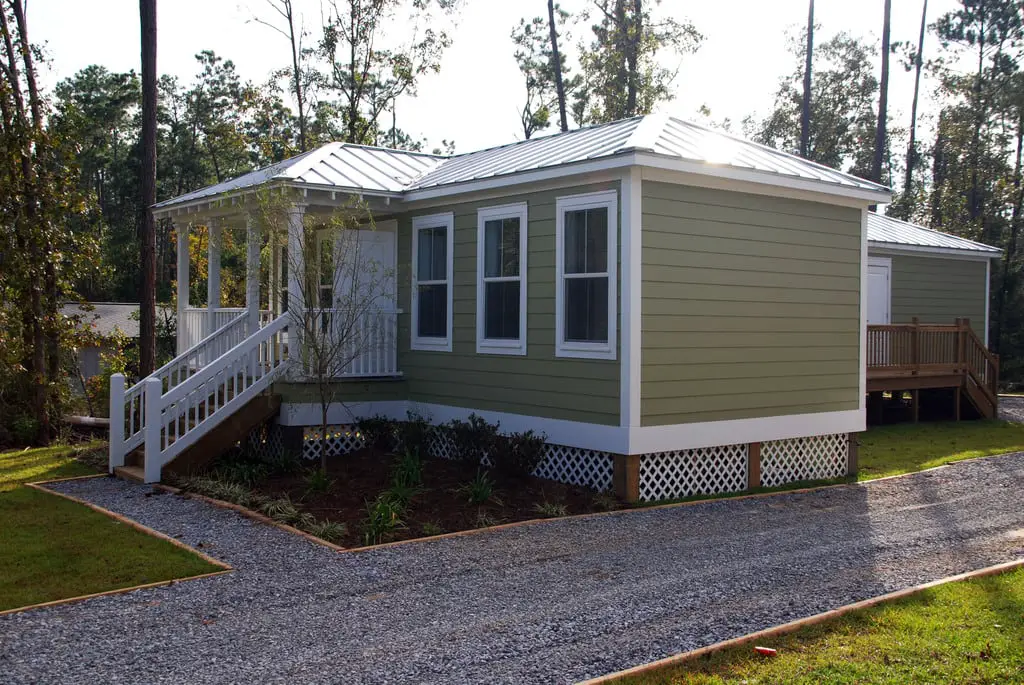
Prefabricated homes, or prefab housing, are becoming a cornerstone of affordable housing initiatives. Built off-site in controlled environments, these units are then transported and assembled on location, drastically reducing construction time and costs. Companies like Factory OS are leading the way in creating high-quality, prefab homes that meet stringent building standards.
The efficiency of prefab construction not only lowers expenses but also minimizes environmental impact by reducing material waste. These homes are highly customizable, allowing for tailored solutions that cater to diverse community needs. As urbanization intensifies, prefab housing offers a practical, scalable solution to the global housing crisis.
3. Co-Living Spaces

Co-living arrangements are redefining affordable urban housing by offering shared spaces that reduce individual costs. Residents share communal areas like kitchens and living rooms while maintaining private bedrooms, creating a balance between privacy and community. Platforms such as Common are spearheading this movement, providing modern co-living options in major cities.
These spaces foster social connections and a sense of community, which can alleviate the isolation often associated with traditional apartment living. By optimizing space usage and cutting down on utility expenses, co-living solutions make urban living more accessible for young professionals and low-income residents.
4. Micro-Apartments
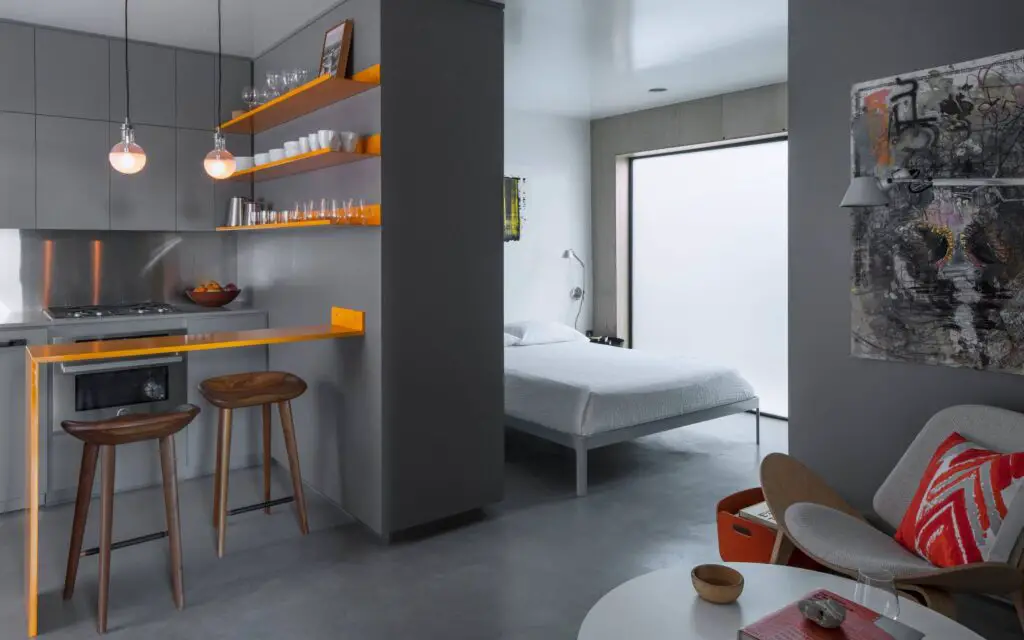
Micro-apartments are compact living spaces designed to maximize efficiency and affordability. These units, often under 400 square feet, provide all the essentials for modern living while keeping costs low. Developments like those from Panoramic Interests highlight the potential of micro-apartments to address housing shortages in high-demand urban areas.
By focusing on smart design and multi-functional furniture, micro-apartments create comfortable living environments within limited space. Their affordability makes them particularly appealing to young professionals and students, offering a stepping stone into housing markets that would otherwise be out of reach.
5. Community Land Trusts (CLTs)
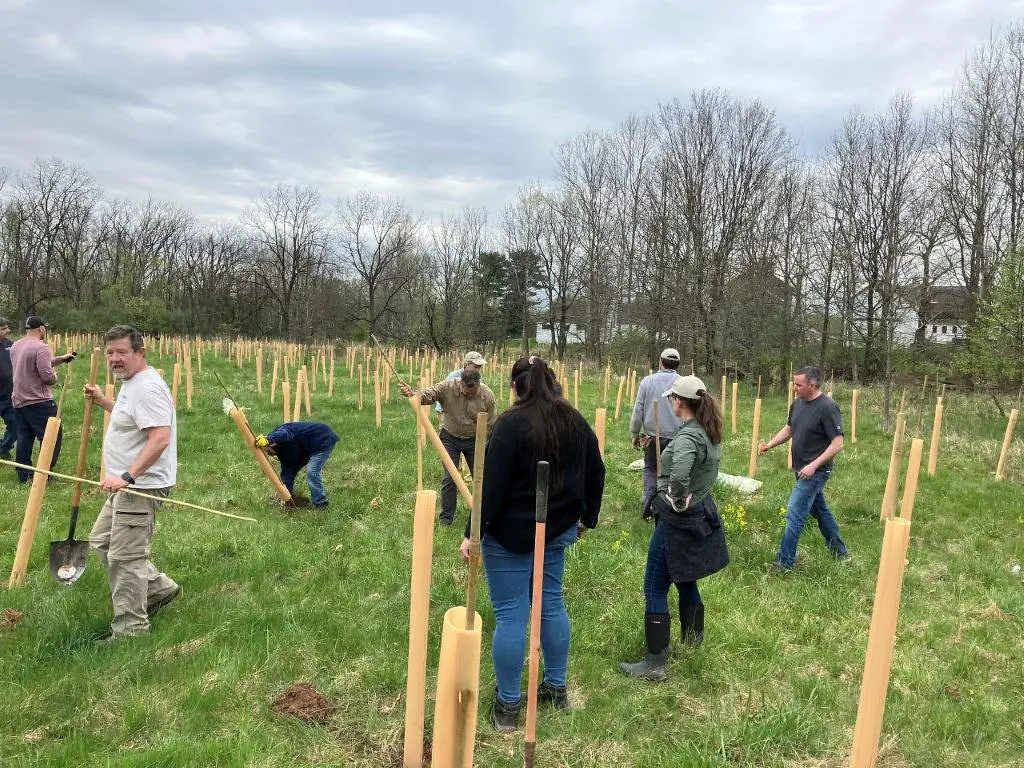
Community Land Trusts are a groundbreaking approach to affordable housing, ensuring long-term affordability by separating land ownership from property ownership. Nonprofits like the Grounded Solutions Network help establish CLTs, which maintain control over land to keep housing costs accessible for generations.
This model stabilizes communities by preventing displacement and speculative real estate practices. Residents can build equity while enjoying the security of affordable homeownership, creating a sustainable housing solution that benefits both individuals and neighborhoods.
6. Adaptive Reuse of Buildings
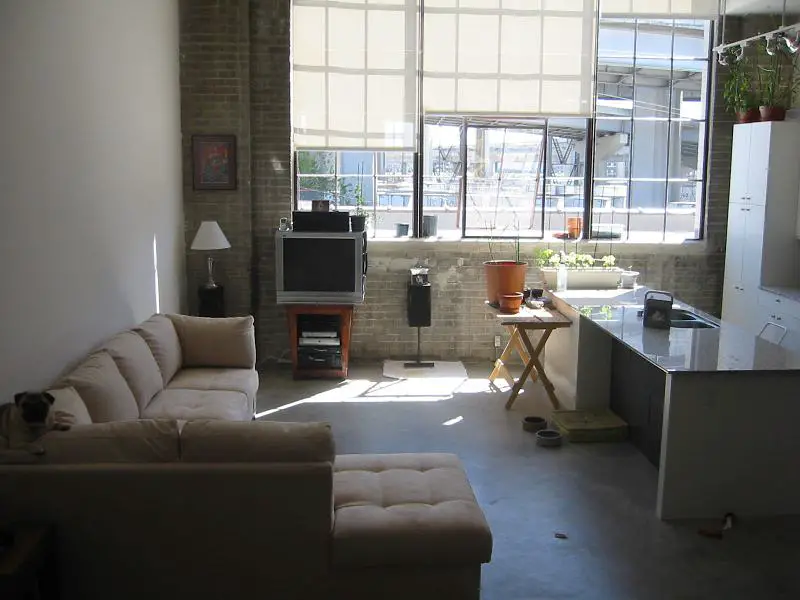
Transforming unused commercial or industrial spaces into residential housing is gaining traction as an affordable housing strategy. Adaptive reuse projects repurpose old factories, warehouses, and office buildings, turning them into modern living spaces. Organizations like Enterprise Community Partners support such initiatives to create affordable housing options.
This approach revitalizes neglected areas, providing housing without the high costs of new construction. By preserving existing structures, adaptive reuse also reduces environmental impact, aligning with sustainable development goals while addressing the housing crisis.
7. Accessory Dwelling Units (ADUs)
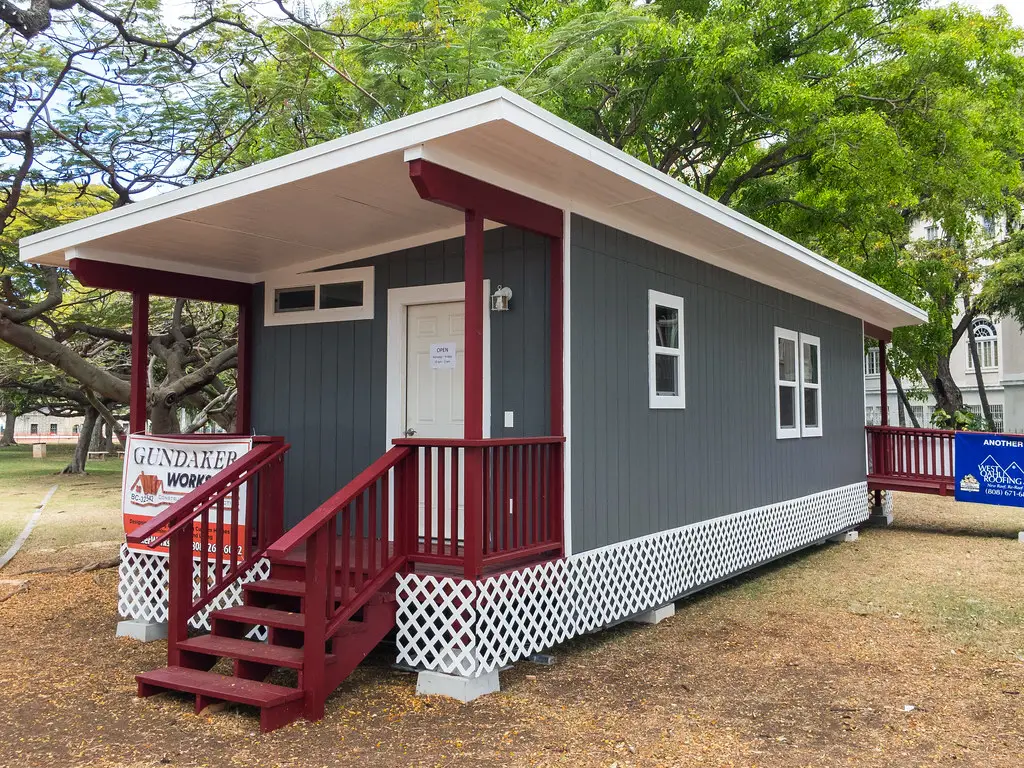
Accessory Dwelling Units, or ADUs, are secondary housing units built on single-family properties. These can be garage conversions, backyard cottages, or basement apartments. States like California have streamlined ADU regulations through programs like CalHFA’s ADU Grant, making them a practical solution to expand affordable housing.
ADUs increase housing density without altering neighborhood character, providing an affordable option for renters while offering homeowners additional income. This win-win solution helps address housing shortages, particularly in areas with limited available land for development.
8. Housing Cooperatives
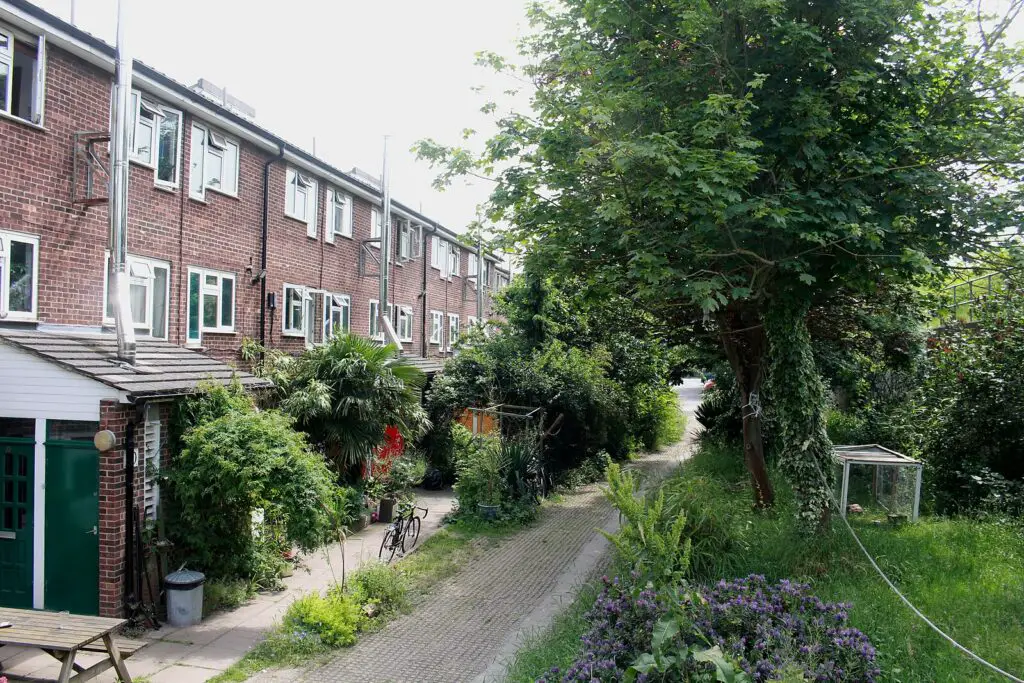
Housing cooperatives, or co-ops, offer an alternative ownership model where residents collectively own and manage their housing. This approach eliminates the profit-driven dynamics of traditional real estate, keeping housing costs affordable. Organizations like ROC USA support cooperative housing initiatives across the U.S.
Co-ops foster strong community bonds and empower residents to make decisions about their living environments. By pooling resources, residents can access high-quality housing at a fraction of the cost, making co-ops a viable solution for affordable urban living.
9. Self-Build Housing Projects
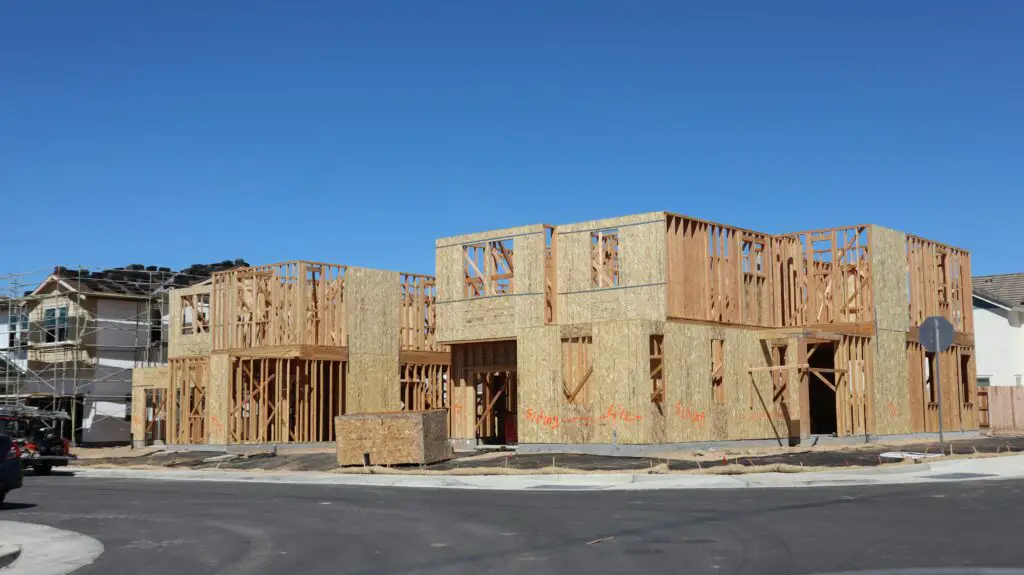
Self-build housing empowers individuals and communities to construct their own homes with guidance from professionals. Programs like the Habitat for Humanity Global Village facilitate these projects, providing training and resources to create affordable housing solutions.
This model reduces construction costs by leveraging sweat equity while fostering a sense of pride and ownership among participants. Self-build initiatives are particularly impactful in underserved areas, where community-driven efforts can address housing shortages and build social cohesion.
10. Tiny Home Communities
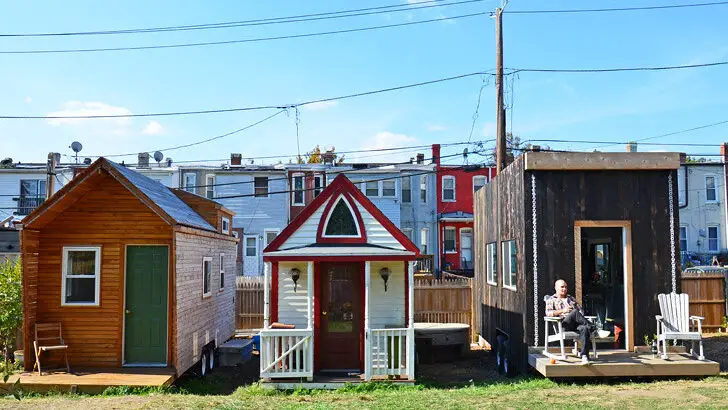
Tiny homes are becoming a popular solution for affordable housing, especially when developed in organized communities. These compact, cost-effective homes offer all the necessities of living in a smaller, more sustainable footprint. Organizations like SquareOne Villages are pioneering tiny home communities for low-income and homeless populations.
Tiny home communities provide a sense of security and belonging while addressing housing shortages. By combining affordability with innovative design, these communities offer a scalable solution to meet the needs of diverse populations, from young professionals to retirees.
11. Green Building Techniques
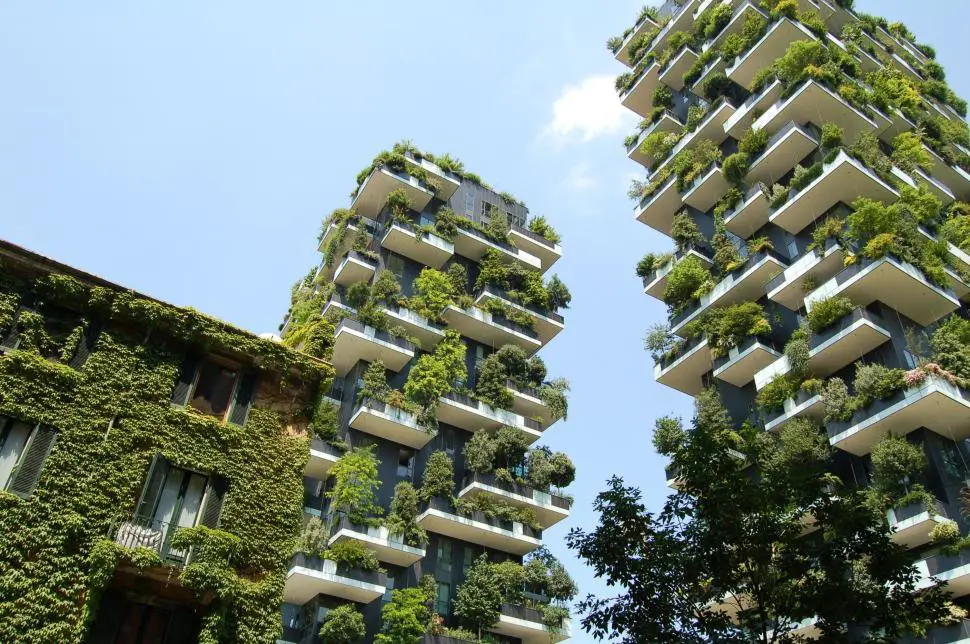
Sustainable construction methods are at the forefront of affordable housing innovations. Techniques such as using recycled materials, passive solar design, and energy-efficient systems reduce both construction and operational costs. Organizations like the USGBC promote green building practices through certifications like LEED.
Green building techniques not only lower housing expenses but also contribute to environmental conservation. Affordable and sustainable, these methods ensure that housing developments align with modern eco-conscious values, benefiting both residents and the planet.
12. Shared Equity Housing Programs
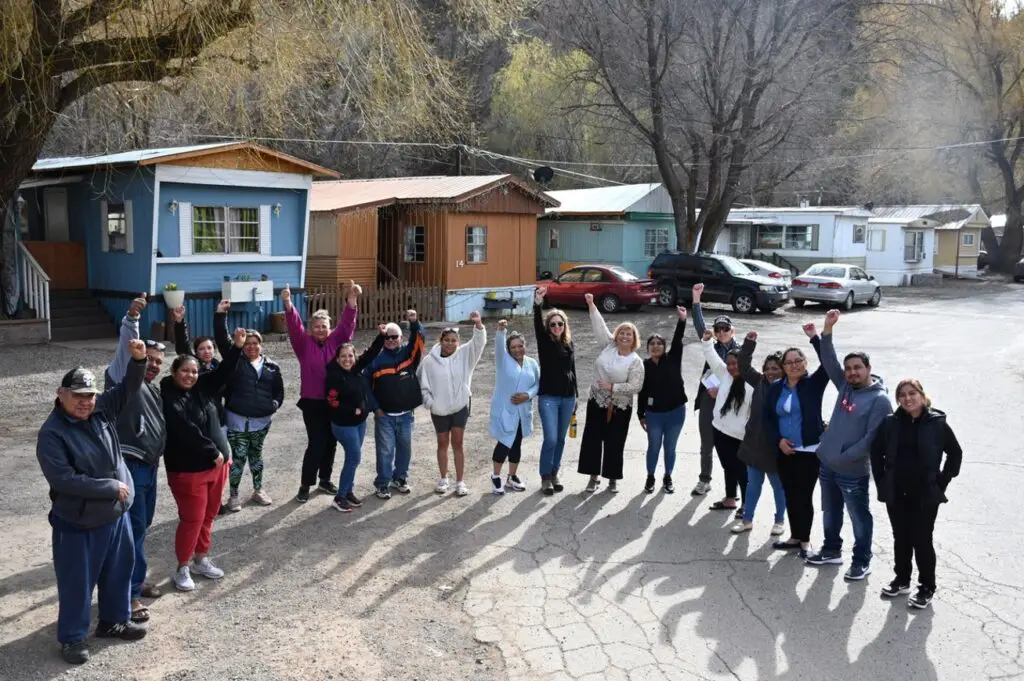
Shared equity programs help low-income families achieve homeownership by sharing the investment burden with public or private entities. Organizations like Champlain Housing Trust offer shared equity programs that reduce upfront costs for buyers while ensuring long-term affordability.
These programs provide stability and wealth-building opportunities for families who might otherwise be priced out of the market. By fostering inclusive housing opportunities, shared equity programs represent a sustainable path toward addressing the housing crisis.
